Visintini
Who: Andrea, Cinzia, Palmira and Oliviero Visintini
Where: Corno di Rosazzo, Udine (Friuli Venezia-Giulia, Italy)
What grapes: Friulano, Ribolla Gialla, Picolit, Franconia, Sauvignon Blanc…
Key facts: The Visintini estate, once the location for the Castle of Gramogliano, has been in the family since 1884.
Website: https://www.vinivisintini.com/index.php
Instagram: @visintinipalmira
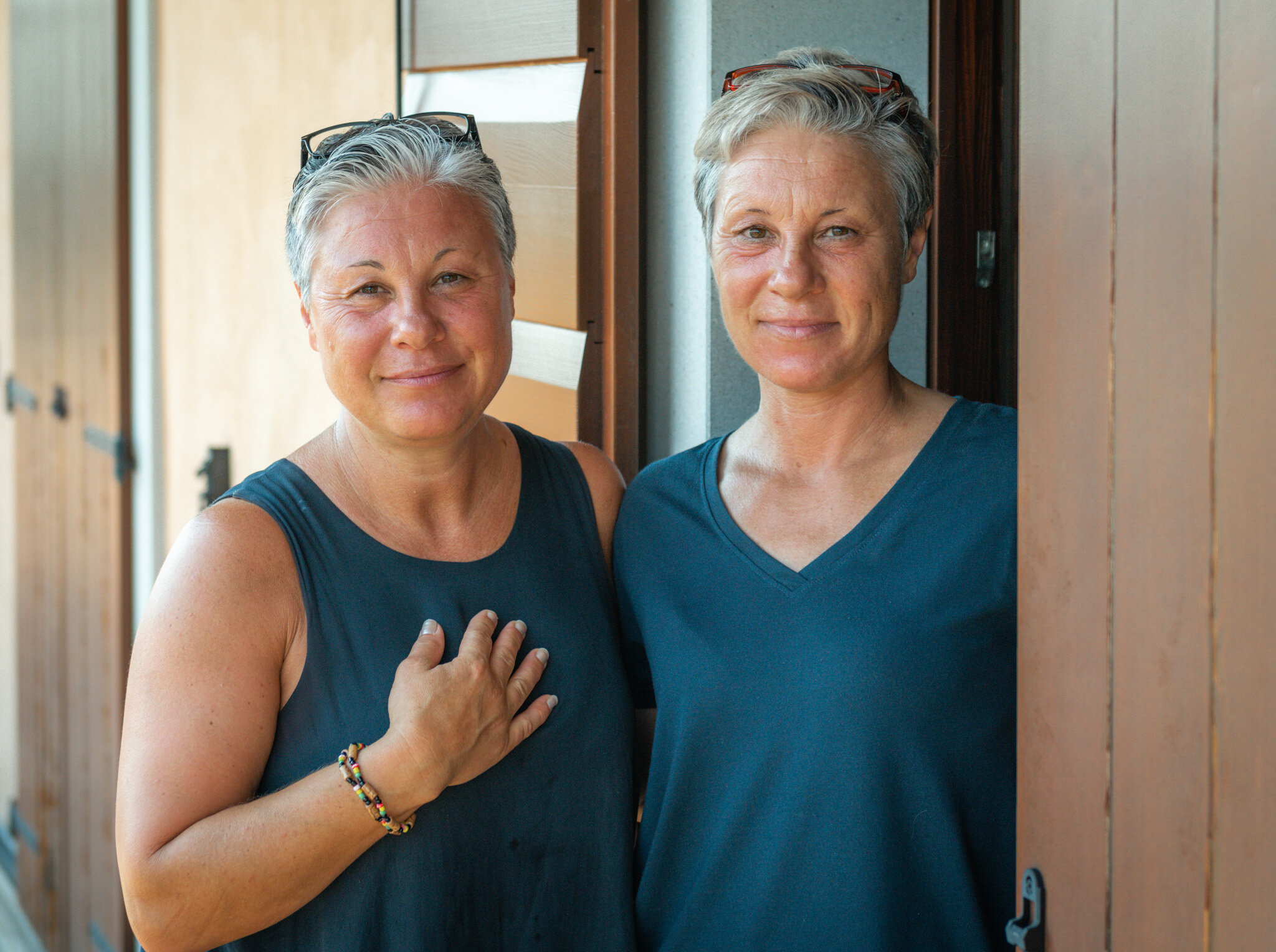
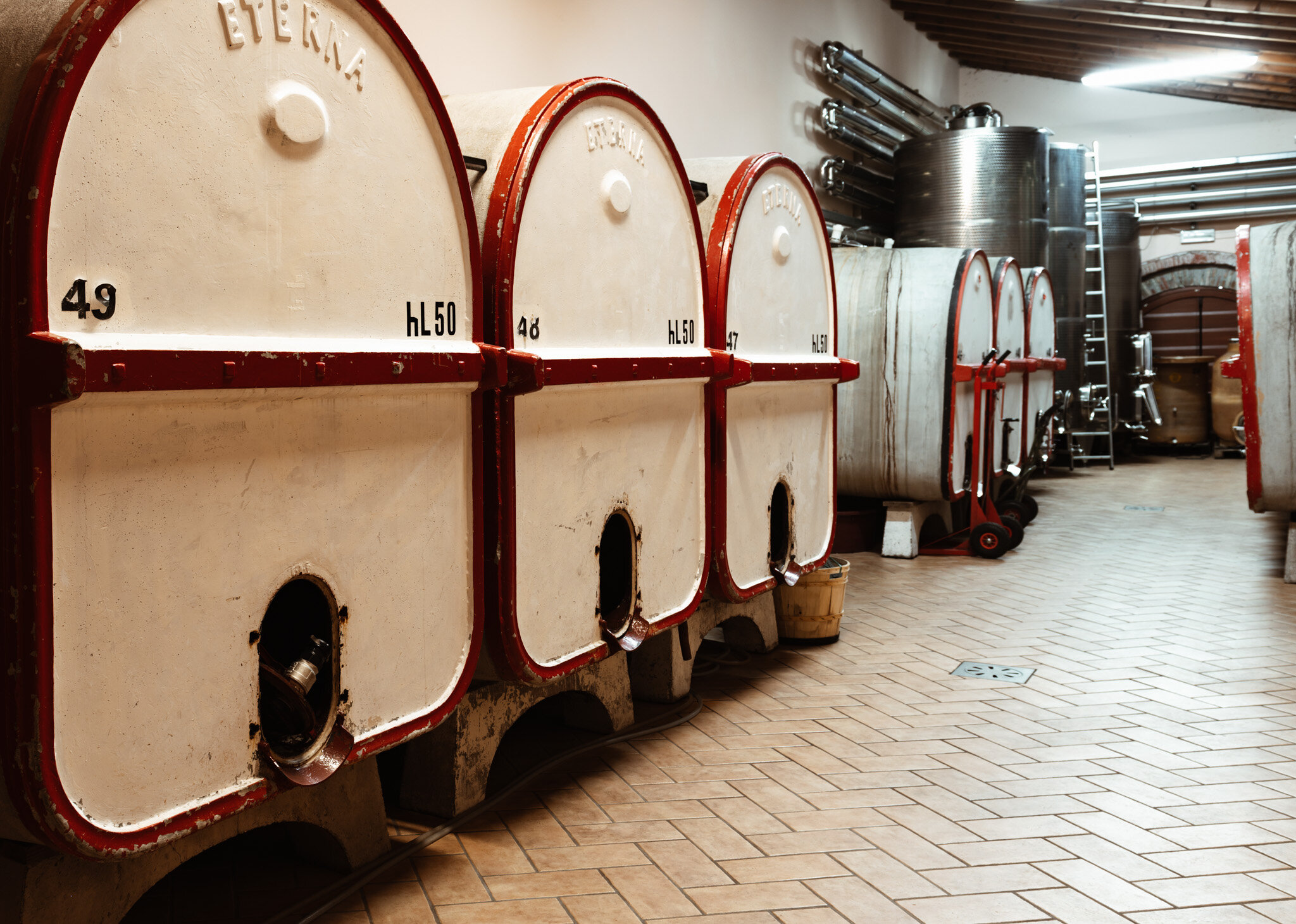
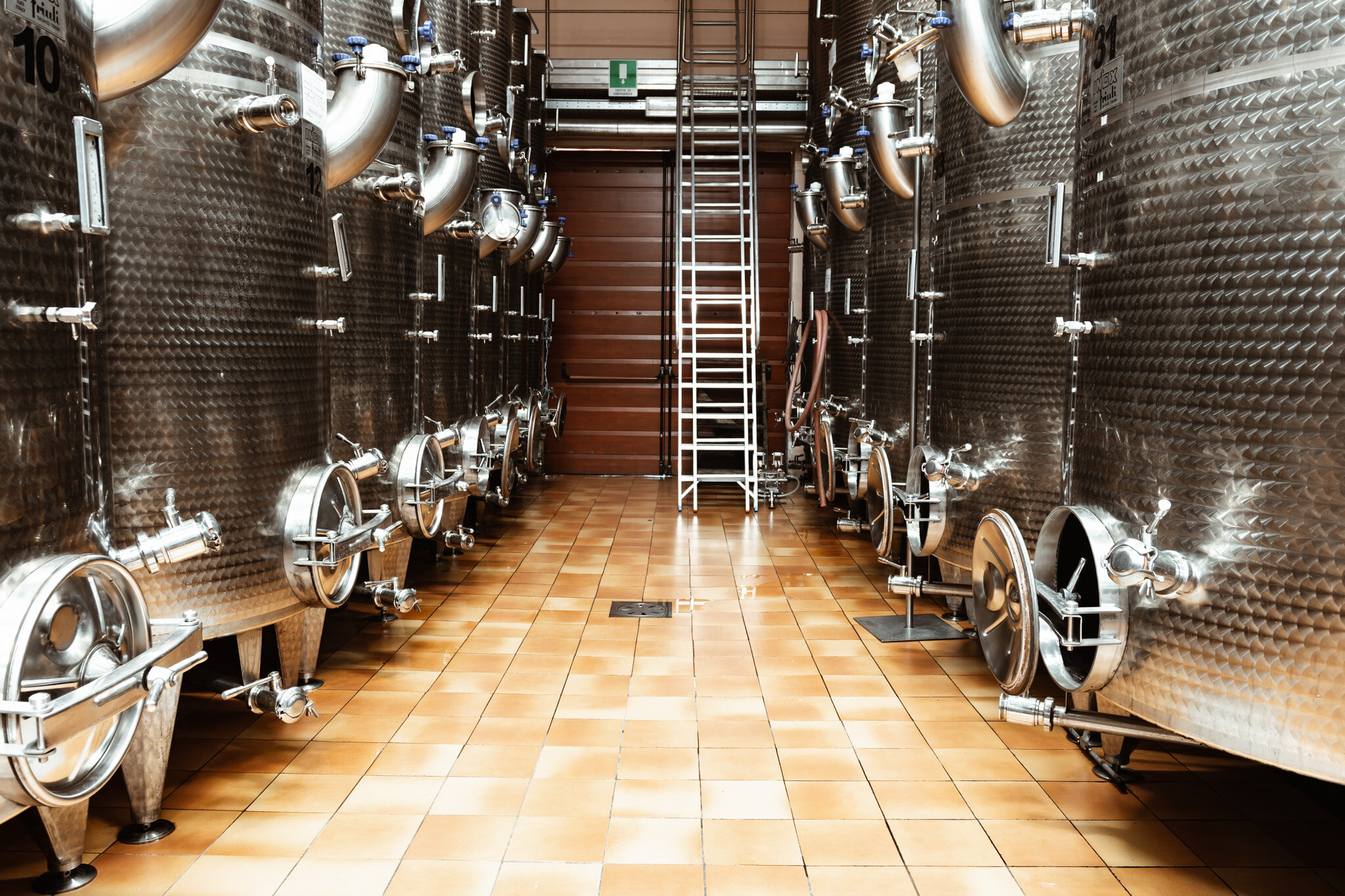
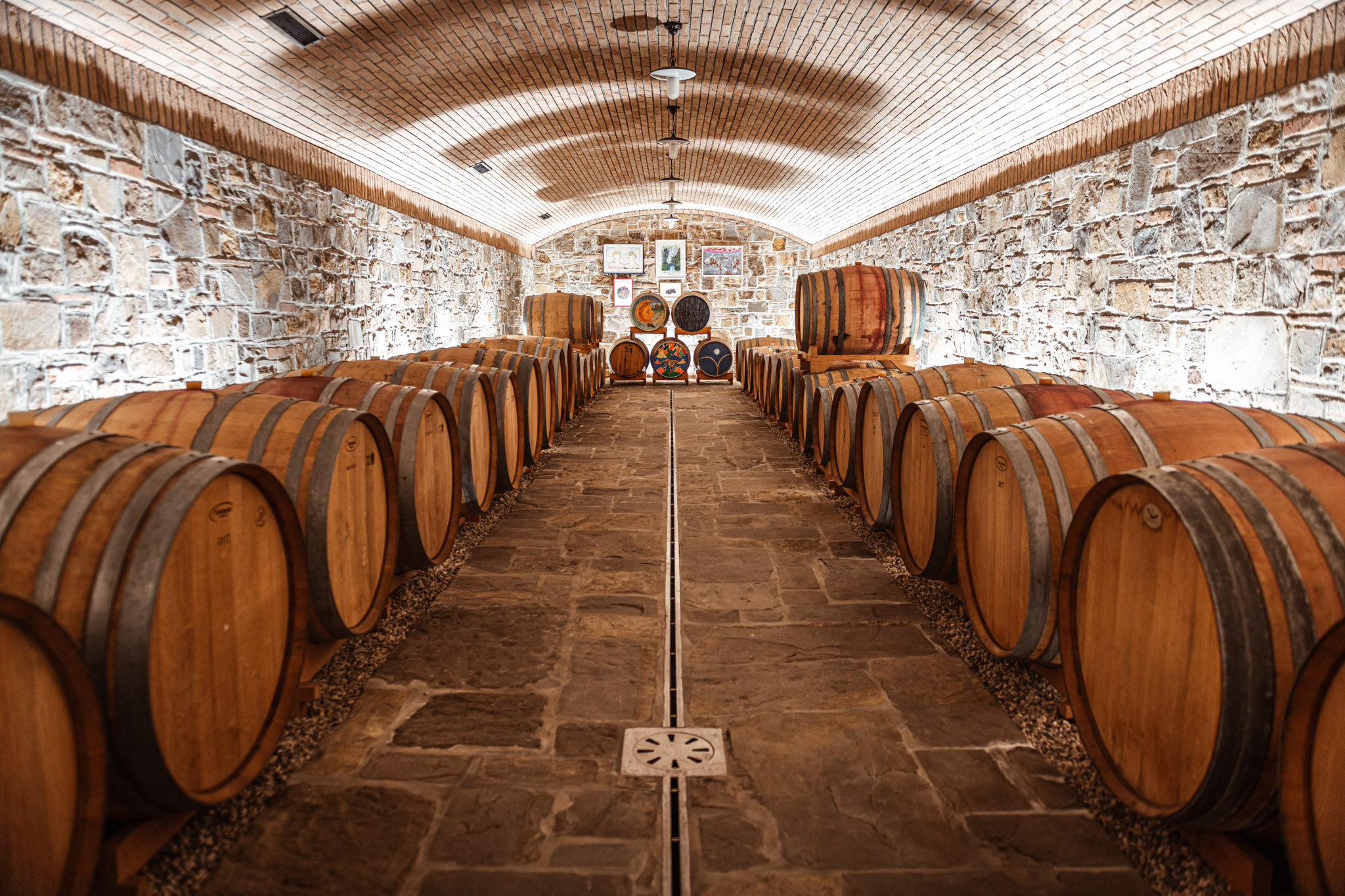
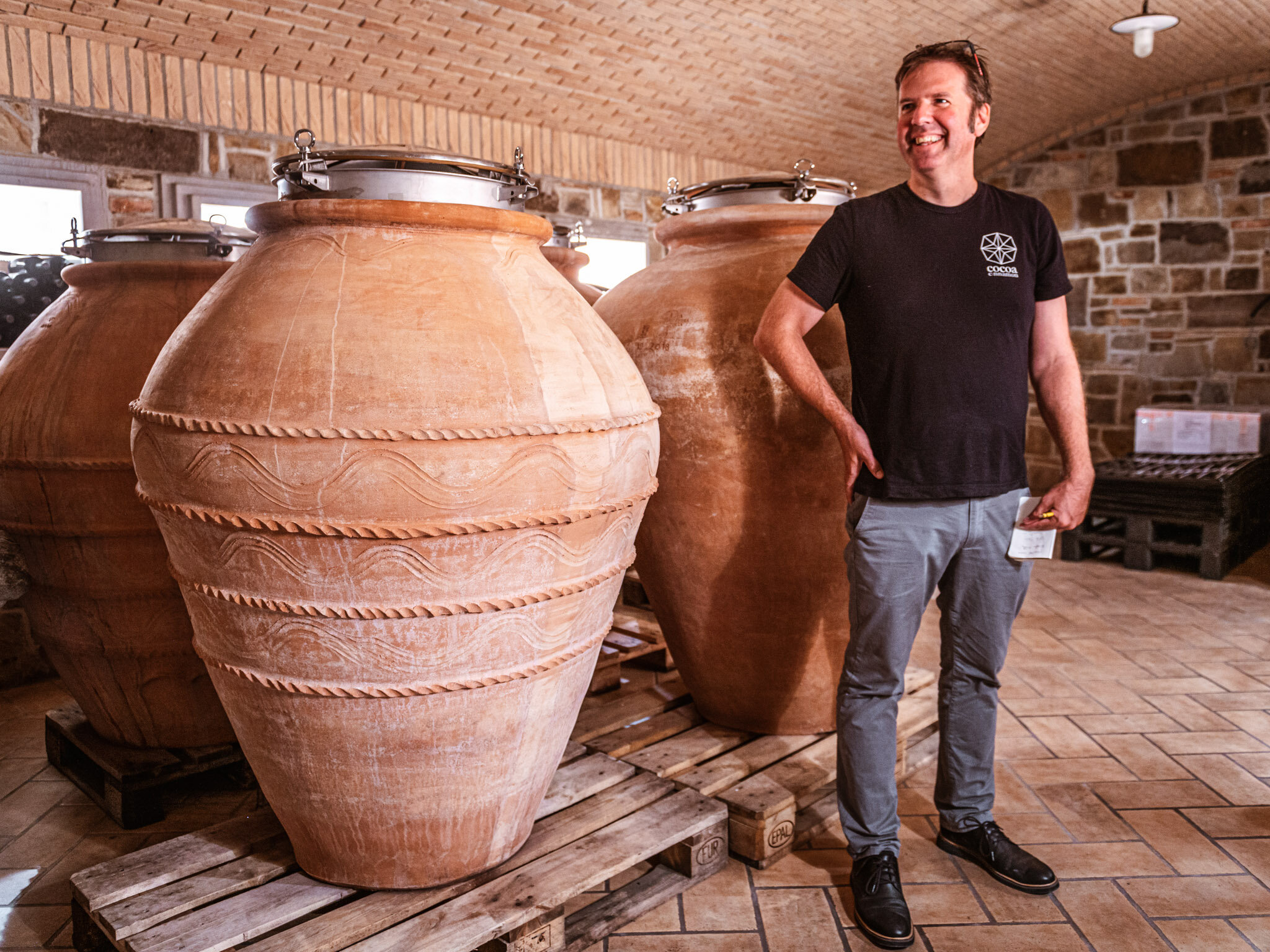

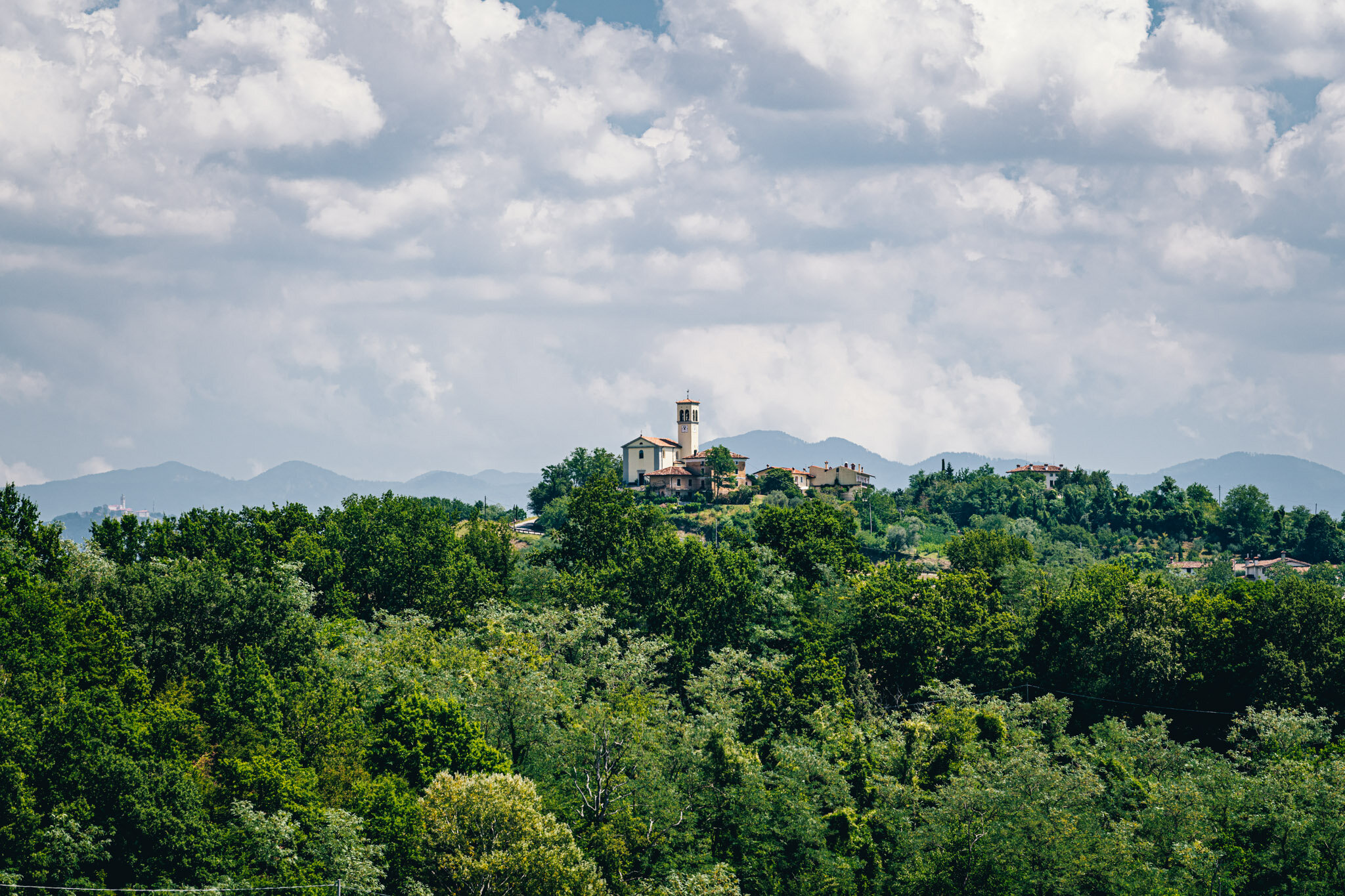
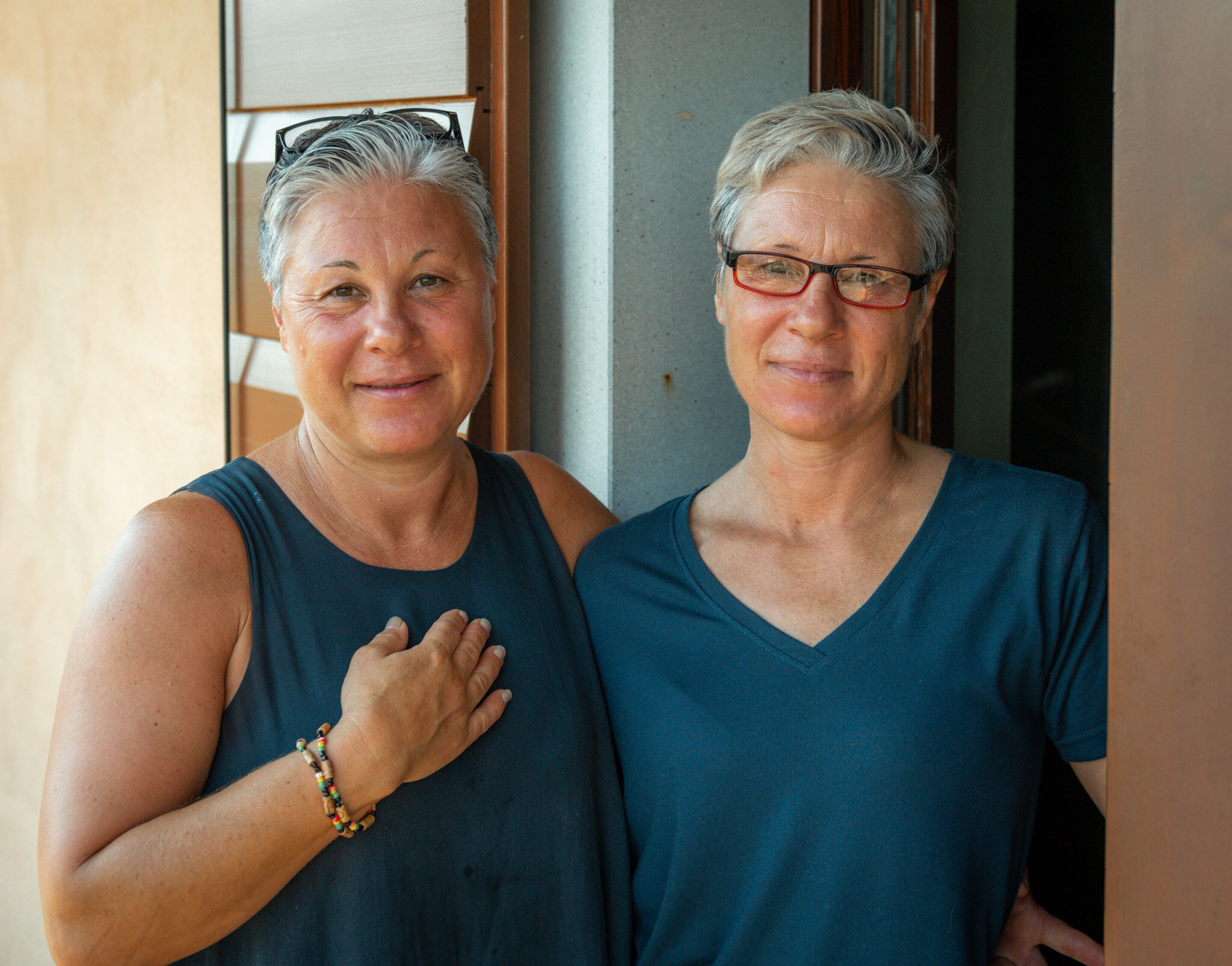
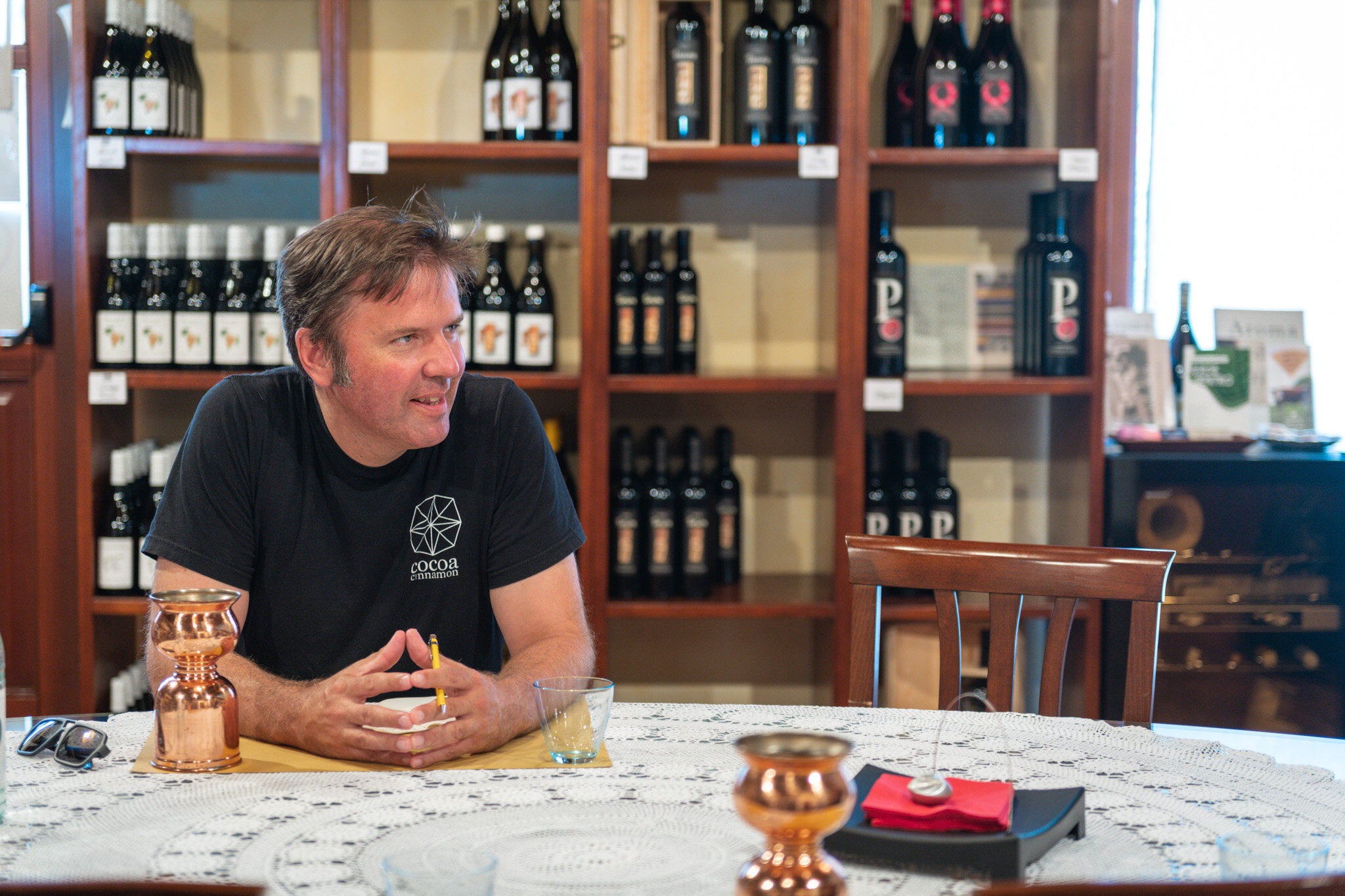
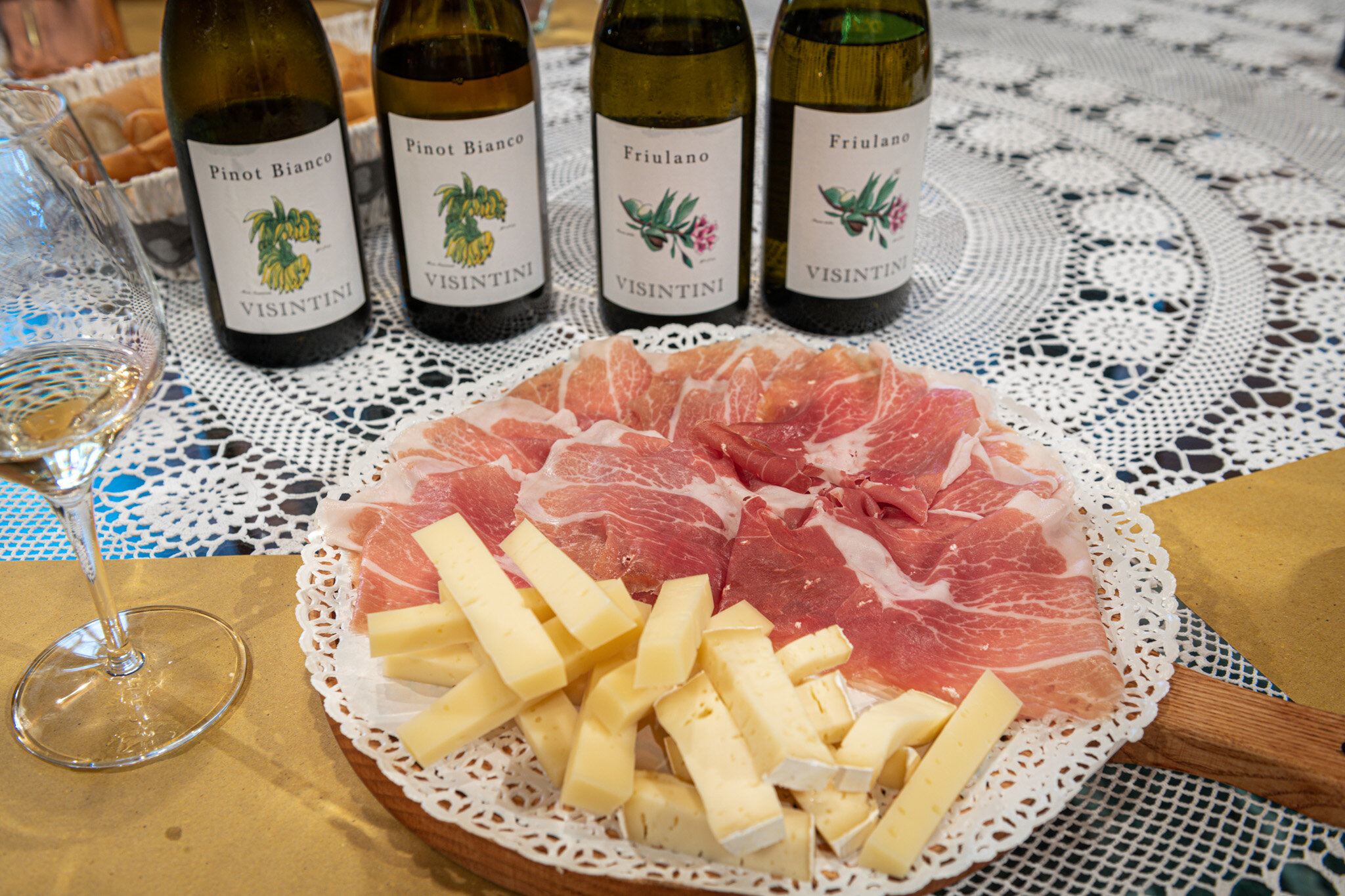

Visintini Pinot Grigio Friuli DOP
Viticulture: Organic / Biodynamic
Soil type: Eocene marl and clay
Elevation: 200m
Grapes: Pinot Grigio
Method of Fermentation: Manual harvest, The fruit is destemmed, gently pressed, and then decanted. Temperature controlled fermentation,
followed by 7 months of maturation in steel tank with bâtonage.
Let’s start with the big news. This summer’s most popular ramato-style PG has returned. It remains an affable, barely-pink bianco. Its gentle texture will make holiday meals or aperitivo hour on the porch endlessly enjoyable. Certified organic, with biodynamic practices. Family farmed by the three Visintini siblings, on an estate where their ancestors started growing grapes in the 18th century. This Pinot Grigio sells swiftly, and with good reason. — JM
Visintini Ribolla Gialla Friuli Colli Orientali DOP
Viticulture: Organic / Biodynamic
Soil type: Marl
Elevation: 200m
Grapes: Ribolla Gialla
Method of Fermentation: Manual harvest of the grapes that are de-stemmed and softly pressed. The must obtained is left to decant for 1-2 days. Only the clear part of the must is decanted and left to ferment in stainless steel tanks at a controlled temperature. The aging of the wine will continue in stainless steel tanks where a series of batonnage will be carried out at a scalar frequency. This procedure creates a structured wine with intense aromas. The wine is bottled in late April or early May.
We’ll make more noise about other incoming wines, but I consider the return of Ribolla Gialla to be November’s headline. It’s a classic. Lemon pith, mineral/saline, a beautiful example of why this white grape is Friuli’s best. Serve with seafood, or a salad built upon Castelfranco radicchio. It’s wonderful, and in season now. — JM
Visintini Sauvignon Friuli Colli Orientali DOP
Viticulture: Organic / Biodynamic
Soil type: Clay and gravel
Elevation: 200m
Grapes: Sauvignon
Method of Fermentation: Manual harvest. The grapes are de-stemmed and softly pressed. The must obtained is left to decant for 1-2 days. Temperature-controlled fermentation. Aged in stainless steel, with regular batonnage. The wine is then bottled in late April or early May.
This wine reminds me of warm summer’s light. Reading stacks of magazines that need to be recycled. Weeks when it is pleasant outside with the porch fan running, before the oppressive damp of true summer begins. Sauvignon has many clones, terroirs, guises. In colli Orientali, I find subdued iterations, bottlings that smell like white flowers and ripe lemon. I suppose this wine is ideal with tender young asparagus in the preferred house sauce. I make mine with mild olive oil and tarragon or chervil, but dressings are like fractals. — JM
Visintini Friulano Friuli Colli Orientali DOP
Viticulture: Organic / Biodynamic
Soil type: Marl and Clay
Elevation: 200m
Grapes: Ribolla Gialla
Method of Fermentation: Manual harvest of the grapes that are de-stemmed and softly pressed. The must obtained is left to decant for 1-2 days. Only the clear part of the must is decanted and left to ferment in stainless steel tanks at a controlled temperature. The aging of the wine will continue in stainless steel tanks where a series of batonnage will be carried out at a scalar frequency. This procedure helps the wine to obtain a structure with intense aromas. The wine will then be bottled in late April or early May.
2020 Friulano Friuli Colli Orientali DOP At any other estate this would be the standout bottle. At Visintini it has to vie with a pack of excellent contenders, wines that share clarity but diverge in terms of character. Stony round fruit, refreshing, easy to identify as Friulano. The aromas are precise, unmissable. Almond and apple. Serve it with charred treviso, walnuts, and sage. — JM
Visintini Malvasia Trevenezie IGP
Viticulture: Organic / Biodynamic
Soil type: Gravel
Elevation: 200m
Grapes: Malvasia Istriana
Method of Fermentation: Manual harvest. The grapes that are de-stemmed and softly pressed. The must decants for 1-2 days. The clear part of the must is left to ferment in stainless steel tanks at a controlled temperature. The wine is aged in stainless steel tanks, with regular battonage. This procedure allows Visintini to obtain a structured wine with intense aromas. Bottled in late April or early May.
Visintini Rosato Venezia Giulia IGP
Viticulture: Organic / Biodynamic
Soil type: Gravel
Elevation: 200m
Grapes: Merlot
Method of Fermentation: Hand harvested, destemmed, crushed, and left to macerate for a couple of hours.Aged in stainless tank until stainless bottling, which usually takes place at the end of April or early May.
Unambiguous red berry fruit aromas are to the brim in Visintini’s sole truly pink wine. The ramato-style PG at Visintini is pale and delicate. The IGP rosato takes a different pathway to happiness. Mid-weight, bright cherry color, dry, with toned down acidity. I love this wine with some rustic sausages, young carrots poached in butter and parsley, and a handful of snappy red-and-white tiny radishes. Their spicy bite will cleanse the palate, and push back against all this opulence. — JM
Visintini Franconia Venezia Giulia IGP
Viticulture: Organic / Biodynamic
Soil type: Marl
Evevation: 200m
Grapes: Franconia/Blaufranksich
Method of Fermentation: Manual harvesting of the grapes which are de-stemmed, crushed and left to macerate for about 10/15 days in concrete tanks. During this period, a series of pumping over every other day and a delestage are performed. These operations are used to promote oxygenation and to facilitate the passage of color and tannin. Then, at the end of the period where the must remained in contact with the skins, the racking takes place. The must obtained is placed in stainless steel tanks at a controlled temperature. The aging of the wine will continue in the stainless steel tanks until bottling which usually takes place at the end of July and beginning of August.
Equally interesting is Franconia, an Italian Blaufränkisch that benefits from the same ponca sandstone soil that gives character and vibrancy to the whites at Visintini. This iconic central European grape is honed to a clean, immediately accessible iteration in the white wine mesoclimate of colli Orientali. It takes the pure forest fruit character of Austrian red wines, and adds an elegance I associate with the cool climate of Visintini’s hilly homeland. I’ve been lucky to have a few meals in the countryside of Venezia-Giulia, in restaurants where the focus was on hearty farmer fare. This amiable red is ideal for that cuisine. Think game, fresh pastas, ham, large shared serving platters. — JM
2022 Visintini Schioppettino Friuli colli Orientali DOP
Viticulture: Organic / Biodynamic
Soil type: Marl and Clay
Elevation: 200m
Grapes: Schioppettino
The ardent passion for Visintini Schioppettino is easy to understand. The wine is a harmonious whole. Pristine black fruits, multifaceted spice-pepper aromas, and a soft, palate-coating midweight texture coexist. I’d recommend it with lamb shoulder braised with figs and pistachios. It’s ok to cheat and take a trip to your town’s Mediterranean market / Lebanese restaurant to purchase some flavorful ready-made lamb. Even lamb on a stick. Nobody cooks every day.
Visintini “Cinzia” Vino Bianco Venezia Giulia IGP
Viticulture: Organic / Biodynamic
Soil type: Gravel
Elevation: 200m
Grapes: 5% Pinot Bianco and 95% Picolit
Method of Fermentation: Manual harvest of the grapes that are de-stemmed and softly pressed. The must obtained is left to decant for 1-2 days. Only the clear part of the must is decanted and left to ferment in stainless steel tanks at a controlled temperature. The aging of the wine will continue in stainless steel tanks. The wine will then be bottled in late April or early May.
I’ll acknowledge the obvious: the 480 bottles of this consistently excellent Friulano/Pinot Bianco arriving today will not last. Friulano brings floral delicacy and intricacy to Visintini’s table white. And autumn is the perfect season to drink Pinot Bianco. The mid-palate broadness of perennially underappreciated P.B. goes so well with the foods of this season. Make a butternut squash risotto. You know you want to. Or cook America’s favorite large flightless bird. Let the imagination soar. Or skitter along the ground. — JM
Visintini “Palmira” Vino Rosso Venezia Giulia IGP
Viticulture: Organic / Biodynamic
Soil type: Gravel
Elevation: 200m
Grapes: Merlot
Method of fermentation: Manual harvesting of the grapes which are de-stemmed, crushed and left to macerate for about 10 days in concrete tanks. During this period, a series of pumping over every other day and a delestage are performed. These operations are used to promote oxygenation and to facilitate the passage of color and tannin. Then, at the end of the period where the must remained in contact with the skins, the racking takes place. The must obtained is placed in stainless steel tanks at a controlled temperature. The aging of the wine will continue in the stainless steel tanks until bottling which usually takes place at the end of July and beginning of August.
It’s impossible to pick a favorite between Cinzia and Palmira. Like their namesake twin sisters, the Visintini IGP wines are irrepressible: full of life, down-to-earth. The Palmira bottling is 100% Merlot. It’s the winemaker’s favorite red grape! Unblemished forest berry aromas, easy on the palate. Once unfashionable Merlot deserves a reassessment. Maybe that’s old news. Few wines are this amiable. I love it with birria tacos, which isn’t a traditional entree in Corno di Rosazzo. The ripe red fruit of Palmira is a delightful counterpoint to subtle heat from guajillo chilis. — JM
Palmira, Oliviero and Cinzia Visintini are wine geeks of the best kind. You can see Slovenia from their farm, it’s the next line of low hills on the horizon, 6km away. Their grandfather Domenico Visintini bought the estate and its ruined medieval tower in 1884. A respectable portion of the original 13th century cellar is crammed with Palmira Visintini’s personal wine stash. Amphorae of biodynamically farmed Pignolo line the hallway outside, wine that won’t be ready to sell until 2016. In another restored alcove rest bottle of Refosco di Peduncolo Rosso and other cool indigenous grapes: Fruili actually has more indigenous reds than whites. The Visintini siblings do fine work with both.
Visintini is a clean, organized, efficient modern winery. The family are intellectual and inquisitive about wine, connected to the larger world outside of the Colli Orientali DOP and at the same time very aware of farms making interesting wine in Friuli. It’s fun to watch them hang out and talk shop with other growers in the local oenoteca in Cormons. Gossip about Colli Orientali and Collio is passed around, along with many bottles of the best wines of each DOP. And abundant prosciutto.
The Visintinis farm twenty five hectares of indigenous grapes (Ribolla, Verduzzo, Friulano, Franconia) the bulk of which are in close proximity to the cellar. The winery was significantly expanded in 1976 by Andrea (the trio’s father) allowing for their current robust 140,000 bottle annual production, more or less. The new portion built by Andrea rests a full six meters underground, perfect for long term storage of the estate’s amphorae and bottle-aged reds. Andrea also installed the mixture of cement and stainless steel tanks that are used to ferment and age Visintini’s white wines. Their guiding principle in the cellar is to do as little as possible. In the fields Oliviero is charting a path toward biodynamic agriculture. After years of organic farming they are recently certified, and have begun making their own biodynamic composts and other preparations.










